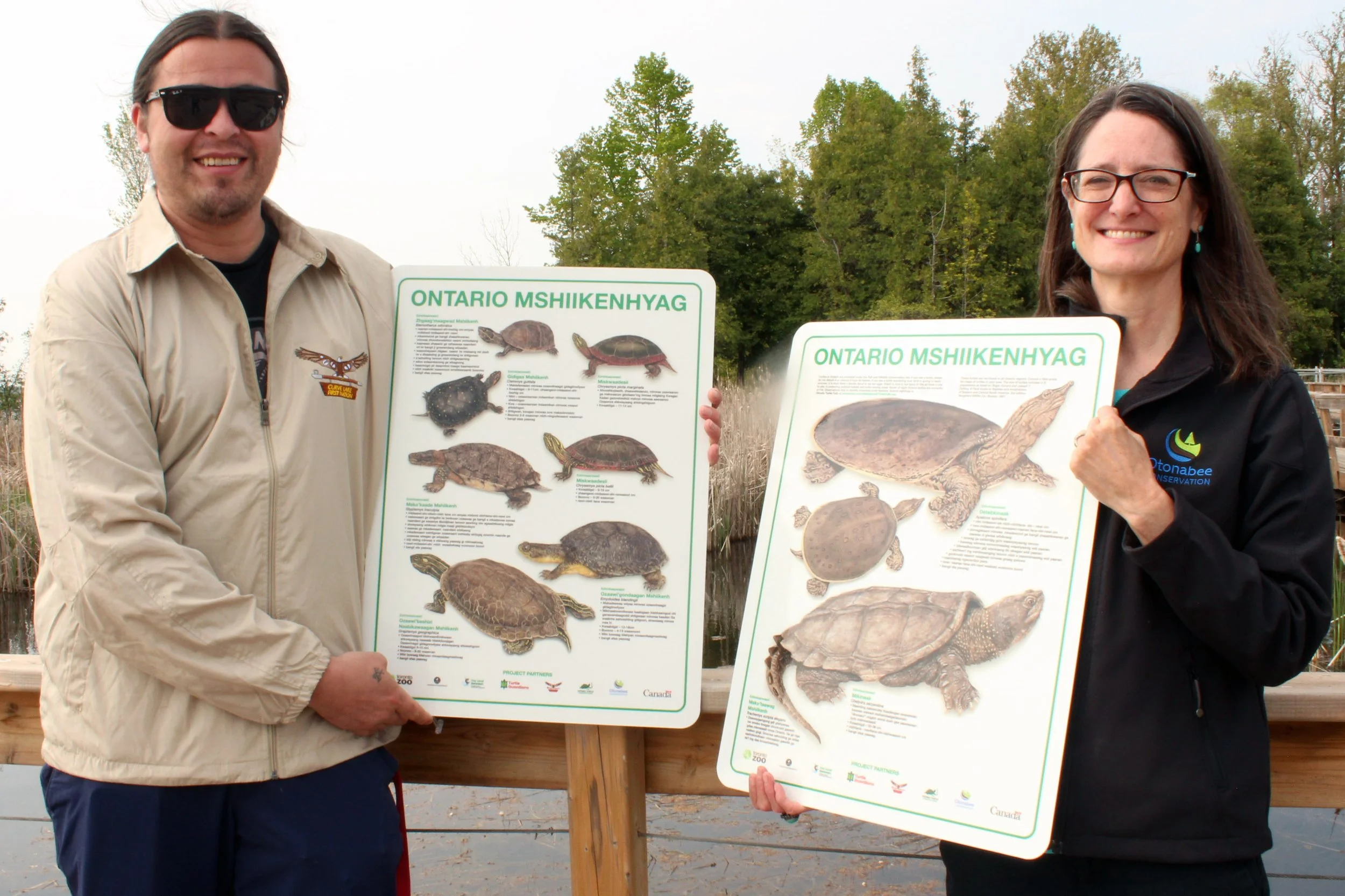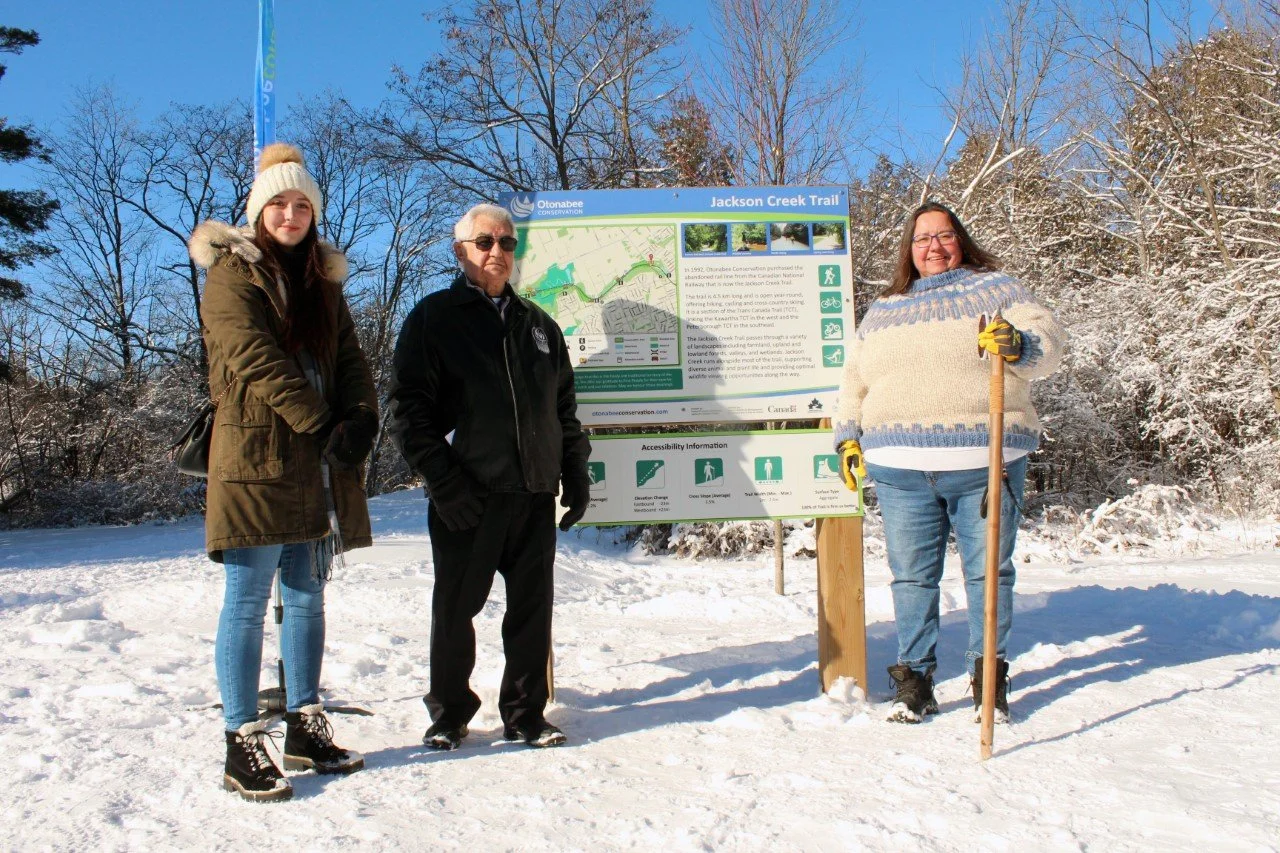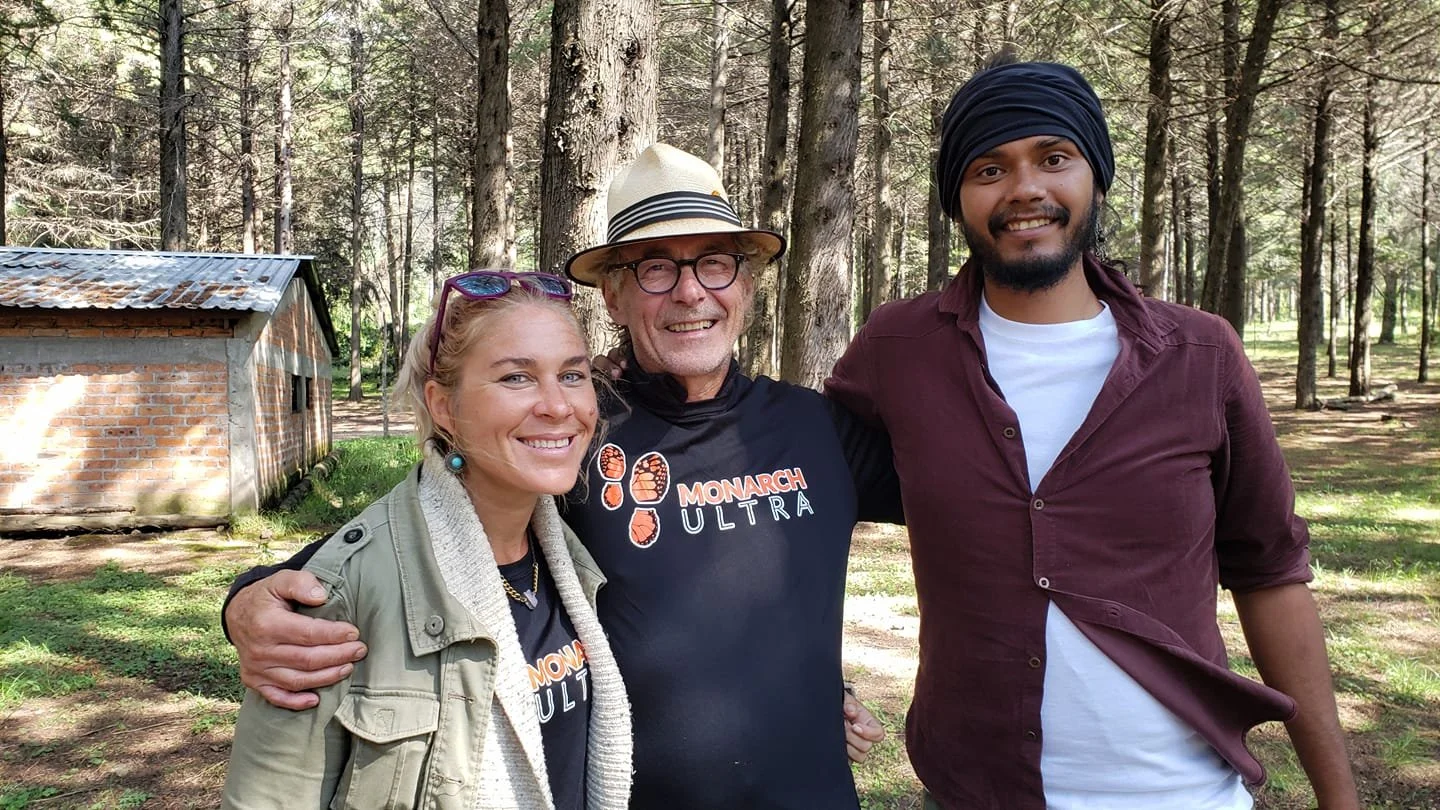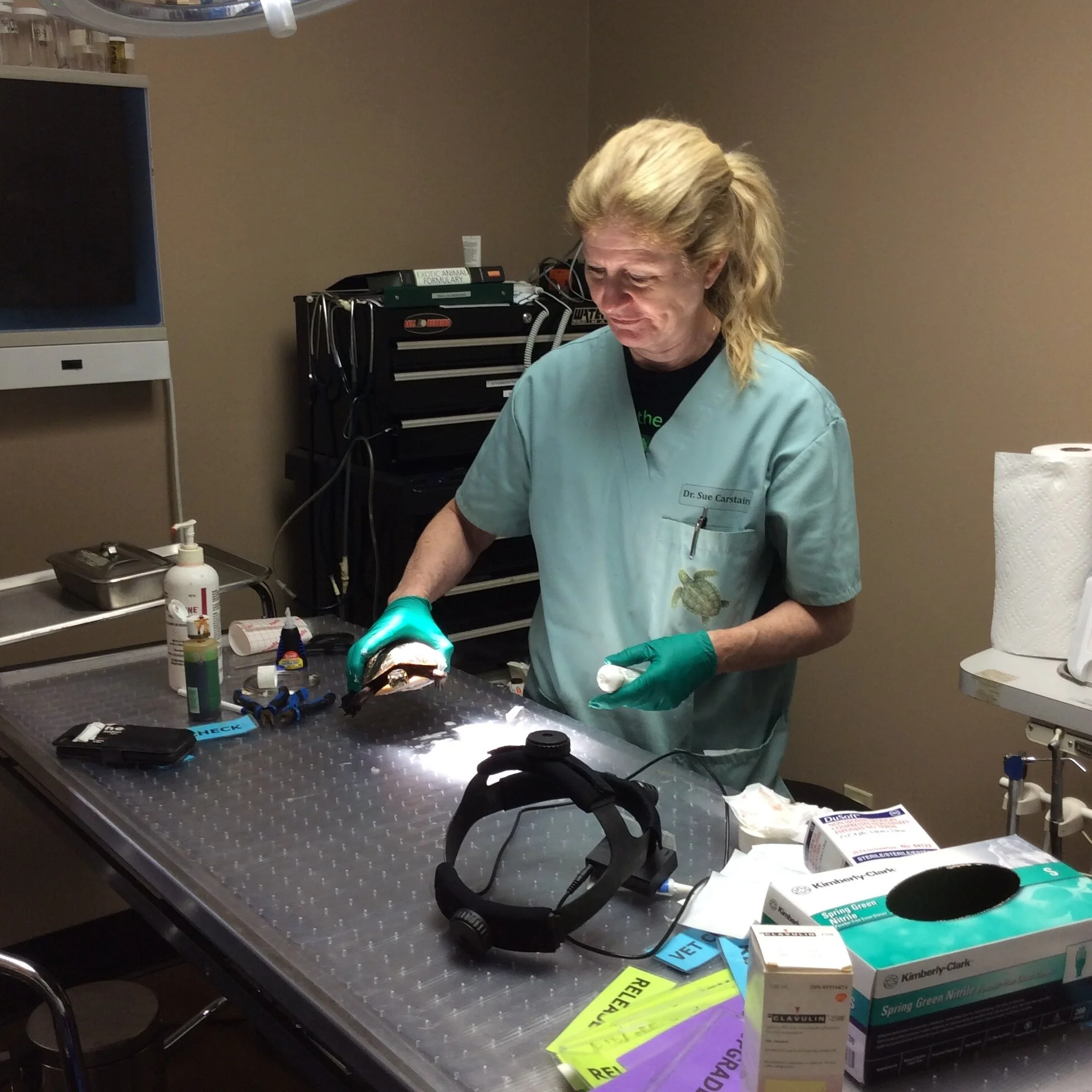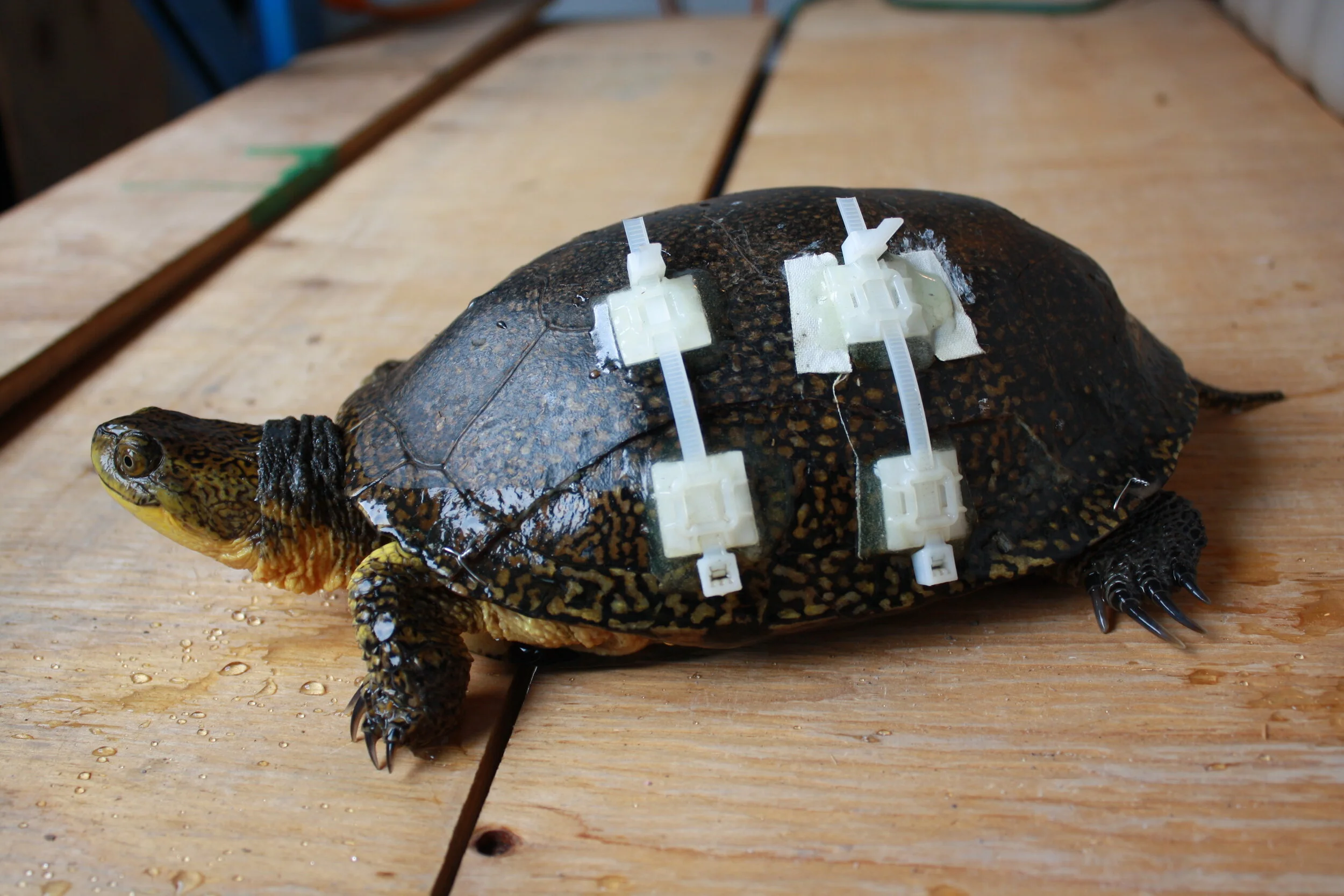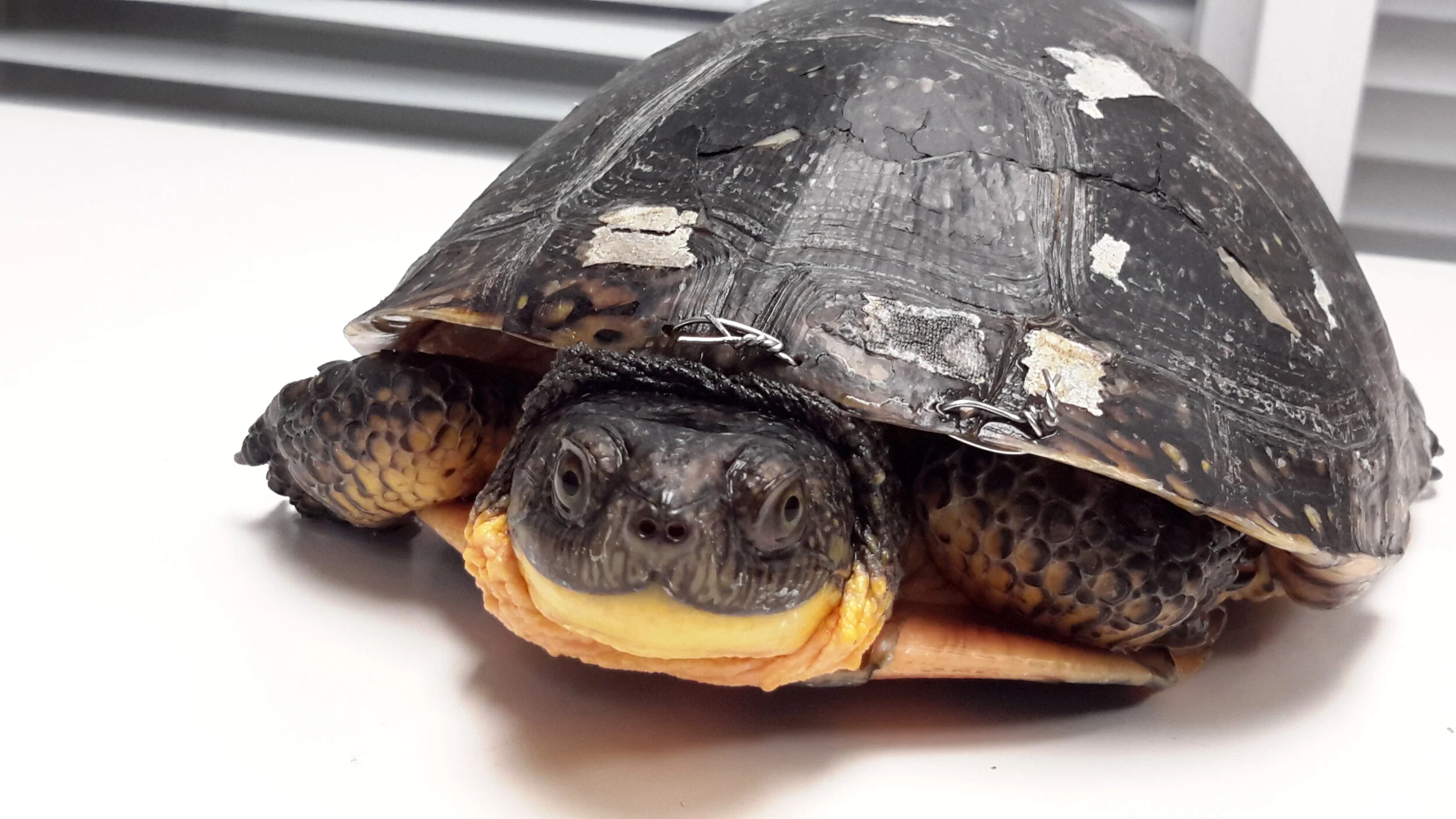Kawartha Land Trust Receives $2.9-Million Investment To Help Protect 1,400-Acre Nature Reserve
/After a $2.9-million investment from the Province of Ontario’s Greenlands Conservation Partnership, Kawartha Land Trust (KLT) has purchased its largest conservation property of the 1,400-acre Hammer Family Nature Preserve announced in Trent Lakes on Monday.
(Left to right) Chief Keith Knott, Curve Lake First Nation; Dave Smith, MPP, Peterborough-Kawartha; Hon. Andrea Khanjin, Minister of Environment, Conservation, and Parks; Mike Hendren, Senior Advisor to the Ontario Conservation Community, The Schad Foundation; John Kintare, Executive Director, Kawartha Land Trust; Paul Downs, Chair of the Board, Kawartha Land Trust; Laurie Scott, MPP, Haliburton-Kawartha Lakes-Brock; Mayor Terry Lambshead, Municipality of Trent Lakes. Photo Courtesy of Stephanie Lake for Kawartha Land Trust.



